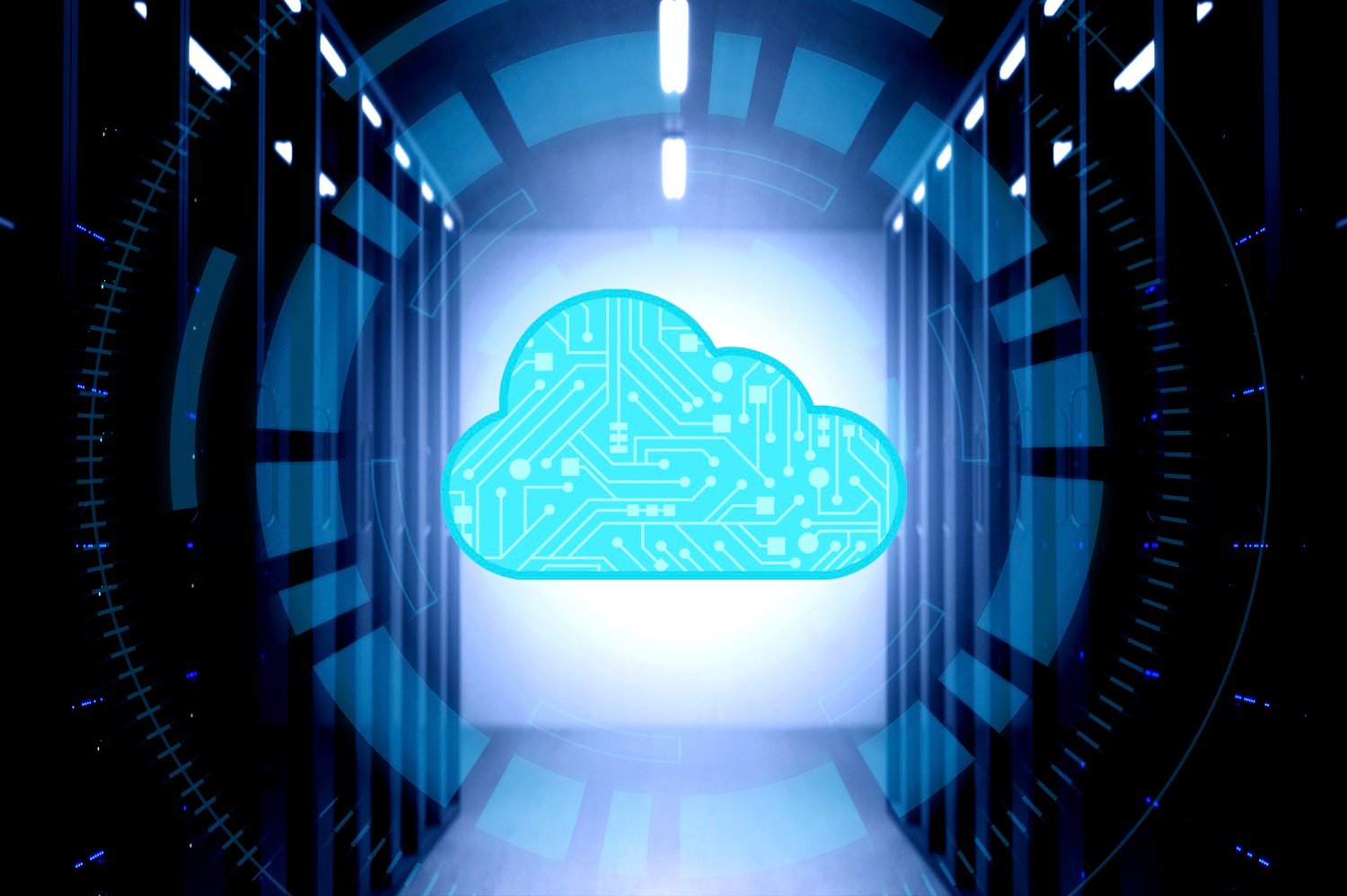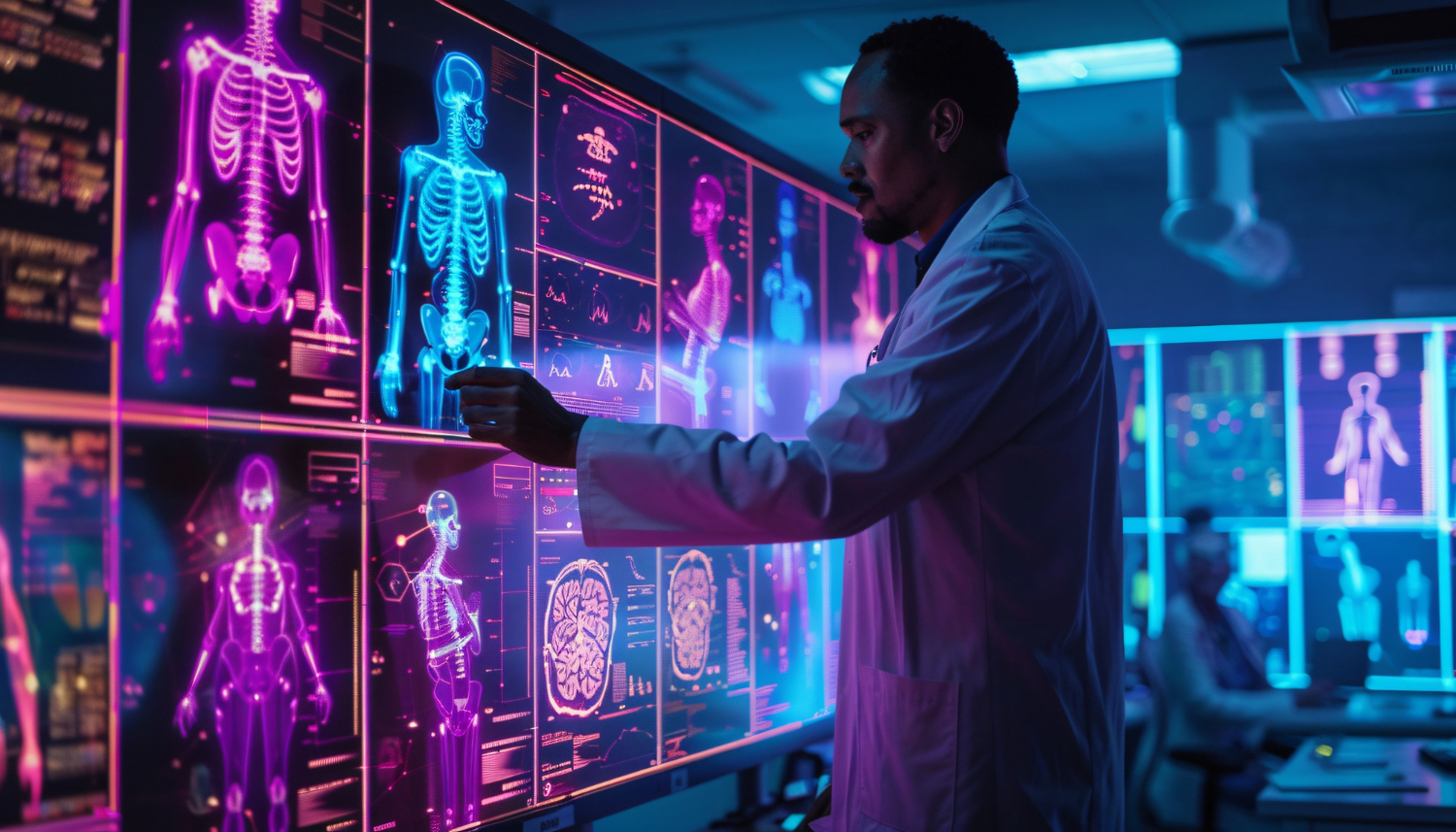Introduction
Computer vision and cloud computing are reshaping industries. Together, they enable computers to analyse visual data on a large scale. From medical imaging to object detection, this combination powers innovative solutions across sectors.
What is Computer Vision?
Computer vision enables computers to interpret digital images and videos. It mimics human vision by recognising patterns and extracting information from visual data. This technology relies on machine learning and deep learning techniques to perform tasks such as image classification, object detection, and image segmentation.
A convolutional neural network (CNN) is a key tool in computer vision. CNNs process visual data by identifying features like edges, textures, and colours. These networks learn from labelled datasets to perform computer vision tasks accurately.
How Cloud Computing Supports Computer Vision
Cloud computing provides the computing power needed for computer vision tasks. Analysing visual data requires significant computing resources, which traditional hardware often cannot handle efficiently.
Cloud services offer scalable solutions through public cloud platforms. These platforms connect businesses to data centres equipped with high-performance hardware and software. This setup allows companies to process visual data without investing in expensive on-site equipment.
Cloud computing also enables real-time processing of digital images and videos. For example, a cloud service can analyse live video feeds for object detection or image segmentation instantly.
Read more: Understanding Computer Vision and Pattern Recognition
Applications of Computer Vision and Cloud Computing
The integration of computer vision with cloud computing has transformed many industries:
Medical Imaging
In healthcare, computer vision works to analyse medical images like X-rays, CT scans, and MRIs. It helps detect diseases early by identifying patterns that may be invisible to the human eye. Cloud computing supports this by storing and processing large-scale medical imaging datasets efficiently. Doctors can access AI-powered tools from anywhere via cloud services, improving diagnosis accuracy and speed.
Read more: Deep Learning in Medical Computer Vision: How It Works
Object Detection in Transportation
Self-driving cars rely on computer vision for object detection. They identify pedestrians, vehicles, road signs, and obstacles in real time. Cloud computing processes this visual data quickly to ensure safe navigation. The combination of computer vision tasks with robust cloud resources makes autonomous vehicles reliable and efficient.
Image Classification in Retail
Retailers use image classification to organise product catalogues automatically. For instance, an AI system can sort thousands of product photos into categories like clothing, electronics, or home goods. Cloud services allow businesses to scale these operations as their inventory grows without delays or errors.
Read more: How Computer Vision Transforms the Retail Industry
Image Processing in Agriculture
Farmers use drones equipped with cameras to capture images of crops and fields. Computer vision processes these images to detect pests, diseases, or growth patterns. Cloud computing handles the large-scale analysis required for entire farms efficiently, helping farmers make informed decisions faster.
Retail Innovations
Retailers are increasingly adopting computer vision for personalised shopping experiences. For example, smart mirrors in stores use image classification to recommend outfits based on a customer’s appearance. These mirrors rely on cloud computing to process visual data quickly and provide suggestions in real time.
In e-commerce, computer vision helps with product searches. Customers can upload photos of items they like, and the system identifies similar products using image segmentation. Cloud services enable this large-scale processing, ensuring smooth operations even during peak shopping seasons.
Security and Surveillance
Computer vision is transforming security systems. Cameras equipped with object detection can identify suspicious activities or unauthorised access. Cloud computing supports these systems by analysing visual data from multiple locations simultaneously.
For instance, a public cloud platform can process feeds from hundreds of cameras in a city. It detects unusual behaviour and alerts authorities instantly. This combination improves safety while reducing false alarms caused by minor movements or lighting changes.
Education and Training
In education, computer vision enhances online learning platforms. Virtual classrooms use image processing to monitor student engagement during lessons. Cloud computing stores and analyses these insights, helping teachers improve their methods.
Training programmes also benefit from this technology. For example, flight simulators use computer vision tasks like object detection to create realistic scenarios for pilots. Cloud services handle the computing power needed for these simulations, making them more effective and accessible.
Entertainment and Media
The entertainment industry uses computer vision to create immersive experiences. Augmented reality (AR) games rely on image segmentation to blend virtual elements with the real world seamlessly. Cloud computing processes this visual data in real time, ensuring smooth gameplay without delays.
Film production also benefits from computer vision tasks like image processing and classification. Directors can analyse scenes frame by frame using cloud services to ensure high-quality visuals throughout the project.
Read more: Computer Vision In Media And Entertainment
Integrating Hardware and Software for Efficiency
The success of computer vision depends on the seamless integration of hardware and software systems. Cameras, sensors, and servers must work together efficiently to process visual data at large scale.
Cloud computing simplifies this integration by providing centralised platforms for managing resources. Businesses can connect their hardware devices to public cloud services without worrying about compatibility issues or performance bottlenecks.
This setup also reduces costs significantly. Companies no longer need to invest in expensive infrastructure for storing and analysing digital images locally. Instead, they can use scalable cloud solutions tailored to their needs.
Tackling Challenges with Advanced Solutions
While computer vision and cloud computing offer many benefits, they come with challenges that require attention:
Data Security
Storing visual data in the cloud raises concerns about privacy breaches or unauthorised access. Businesses must implement strong encryption methods and access controls to protect sensitive information effectively.
Read more: Facial Recognition in Computer Vision Explained
Latency Problems
Real-time applications like medical imaging or autonomous vehicles need ultra-fast processing speeds. Delays can compromise safety or accuracy in these scenarios.
Edge computing provides a solution by processing data closer to its source instead of relying solely on centralised servers.
Cost Management
Cloud services charge based on usage, which can become expensive for businesses handling large-scale operations regularly.
Optimising workflows and choosing cost-effective plans help manage expenses better while maintaining performance levels.
Future Possibilities with AI Integration
Artificial intelligence (AI) will play a bigger role in enhancing computer vision tasks further:
-
Predictive Analysis: AI models will forecast trends based on historical visual data patterns.
-
Improved Accuracy: Advanced algorithms will reduce errors significantly during image classification or segmentation processes.
-
Customised Solutions: Industry-specific tools powered by AI will address unique challenges effectively across sectors.
These advancements promise greater efficiency while opening up new opportunities for innovation globally.
How Computer Vision Works in the Cloud
Computer vision tasks follow a structured workflow:
-
Data Collection: Cameras or sensors capture digital images or videos from the environment.
-
Preprocessing: The system cleans and prepares the visual data for analysis.
-
Model Training: Machine learning models like CNNs learn from labelled datasets.
-
Inference: The trained model analyses new visual data to extract information.
-
Output Generation: The system provides results such as detected objects or classified images.
Cloud computing simplifies this workflow by providing scalable resources at each step.
Benefits of Using Cloud Computing for Computer Vision
The combination of computer vision with cloud computing offers several advantages:
-
Scalability: Businesses can adjust their computing resources based on demand without over-investing in hardware.
-
Cost Efficiency: Companies save money by using public cloud platforms instead of maintaining physical infrastructure.
-
Accessibility: Teams can access visual data and tools remotely through cloud services.
-
Real-Time Processing: Cloud systems process digital images and videos instantly for time-sensitive applications.
These benefits make this combination ideal for industries that require large-scale image processing.
Challenges in Combining Computer Vision with Cloud Computing
Despite its advantages, integrating computer vision with cloud computing presents some challenges:
-
Data Privacy Concerns: Storing sensitive visual data in the cloud raises security risks.
-
Latency Issues: Real-time applications need fast connections to avoid delays during processing.
-
Complex Integration: Combining hardware and software across platforms requires careful planning.
Addressing these challenges involves implementing robust security measures, optimising network speeds, and using well-designed systems.
AI in Computer Vision Tasks
Artificial intelligence (AI) continues to improve computer vision tasks. It helps systems perform better and adapt to complex situations.
Real-Time Monitoring
AI models combined with cloud computing can process visual data instantly. For example, in factories, cameras track production lines for defects. AI detects issues in real time and sends alerts to workers. This reduces waste and improves efficiency.
Enhanced Image Segmentation
Image segmentation divides digital images into meaningful parts. AI-powered tools make this process faster and more accurate. In healthcare, this helps doctors analyse medical imaging more precisely. Cloud computing supports these operations by handling large datasets without delays.
Smarter Object Detection
AI improves object detection by recognising smaller details. For instance, security cameras can identify specific objects like bags or tools left unattended. Cloud services process this data efficiently across multiple locations.
Predictive Maintenance
AI uses visual data to predict equipment failures before they happen. Cameras capture images of machinery, and AI analyses wear and tear signs. Cloud computing stores and processes these images for long-term monitoring. This prevents costly breakdowns and downtime.
Read more: A Complete Guide to Object Detection in 2025
Future Trends in Computer Vision and Cloud Computing
The future looks promising for this partnership:
Edge Computing
Edge computing processes data closer to its source rather than relying solely on centralised servers in the cloud. This reduces latency significantly for applications like real-time object detection in autonomous vehicles or live video analysis during events.
Advanced Algorithms
Machine learning models will continue improving accuracy for computer vision tasks like image segmentation or medical imaging analysis.
Customised Solutions
Industry-specific tools will emerge to address unique needs in healthcare, retail, agriculture, and manufacturing.
These trends will make computer vision more accessible while enhancing efficiency across sectors.
How TechnoLynx Can Help
TechnoLynx specialises in integrating computer vision with cloud computing solutions tailored to your industry needs. We offer complete services that include developing models for image classification and object detection. We also set up scalable cloud services using public cloud platforms. Additionally, we ensure smooth integration of hardware and software systems.
TechnoLynx provides great performance for medical imaging datasets and large-scale image processing for retail catalogs. It also tackles challenges like security and latency issues.
Contact us today to find out how we can help you make the most of computer vision with cloud computing!
Image credits: Freepik













